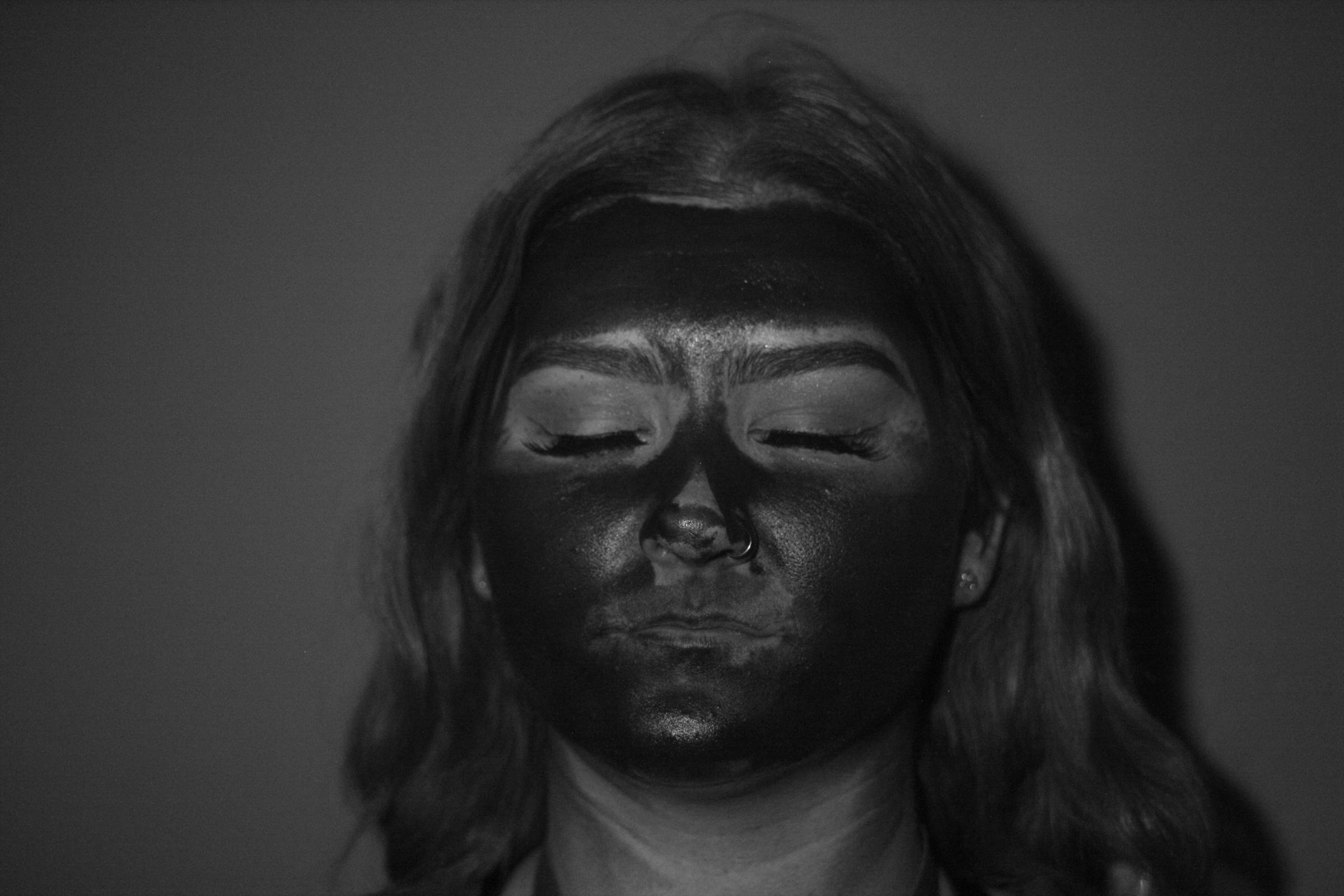The face is the most common place on the body for skin cancers to form—but people tend to miss spots on their face when they apply sunscreen, according to new research presented at the recent British Association of Dermatologists’ annual conference. People tend to miss about 10% of their face when they put on SPF.
The most forgotten areas of the face, as revealed by an ultraviolet-sensitive camera, were on or around the eyelids: a place where 5% to 10% of all skin cancers occur, the researchers said.
For the study, which has not yet been published in a peer-reviewed journal, researchers at the University of Liverpool in England asked 57 men and women to apply sunscreen to their faces, without any further instructions. Then they used a special camera to snap photos of the freshly lotioned faces, in which areas covered with sunscreen appeared black.

The researchers used a computer analysis to determine that, on average, people missed 9.5% of their faces—most commonly because they skipped spots around the eyes. About 13% of people missed their eyelids, and 77% of people missed spots between the inner corners of the eyes and the bridge of the nose.
Then they asked the participants to return to the lab for a follow-up visit and repeat the sunscreen application, this time giving them extra information about skin cancers of the eye region. There was a slight improvement in eyelid coverage, but none for the area between the eyes and nose. Even after the warning, people still left an average of 7.7% of their face unprotected.
The findings were disappointing, says study co-author Kevin Hamill, a lecturer on eye and vision science, but not very surprising. “Other studies have shown that most people apply less than half of the amount of sunscreen they need to achieve the protection that their product advertises,” he said in an email.
When the researchers followed up with participants to learn why their eyes were so poorly covered, only about half were able to cite a specific reason. “It wasn’t a conscious decision,” says Hamill. “Most people thought that they were effectively covering the eyelids.” This finding is especially worrisome, he adds, since people will spend longer in the sun if they think they are protected.
MORE: How to Get a No-Sun Tan
Hamill knows that it’s not always practical to apply sunscreen so close to the eyes; many manufacturers warn against it, and about a quarter of study respondents said they’d skimped on coverage because they wanted to avoid eye irritation. That’s why, he says, it’s important to rely not just on SPF lotion alone.
“You do want to be more thorough when applying sunscreen,” he says, “but you also want to use other forms of protection, such as sunglasses—which can protect the high-risk areas around the eyes—hats, and shade.” He also recommends looking for water-resistant SPF formulas designed specifically for the face, which may be less likely to run into the eyes and sting.
Hamill also recommends using plenty of sunscreen and reapplying often—especially on the face and neck, where more than 90% of basal cell carcinomas (the most common form of skin cancer) are diagnosed. “That way even if you miss a spot first time around, or rub some off, you’re likely to get it the next time.”
More Must-Reads from TIME
- Caitlin Clark Is TIME's 2024 Athlete of the Year
- Where Trump 2.0 Will Differ From 1.0
- Is Intermittent Fasting Good or Bad for You?
- The 100 Must-Read Books of 2024
- Column: If Optimism Feels Ridiculous Now, Try Hope
- The Future of Climate Action Is Trade Policy
- FX’s Say Nothing Is the Must-Watch Political Thriller of 2024
- Merle Bombardieri Is Helping People Make the Baby Decision
Contact us at letters@time.com